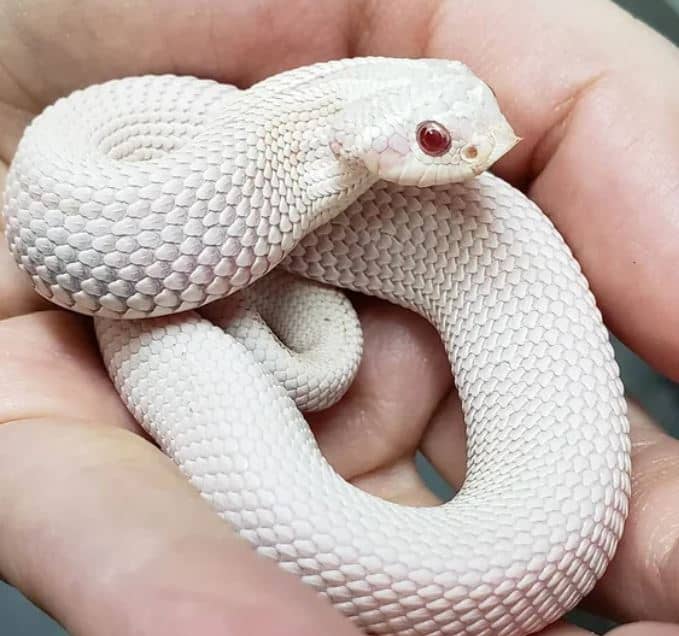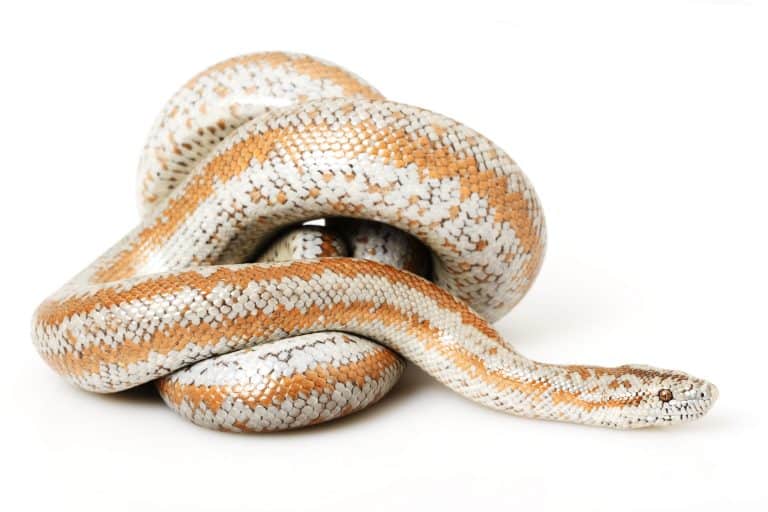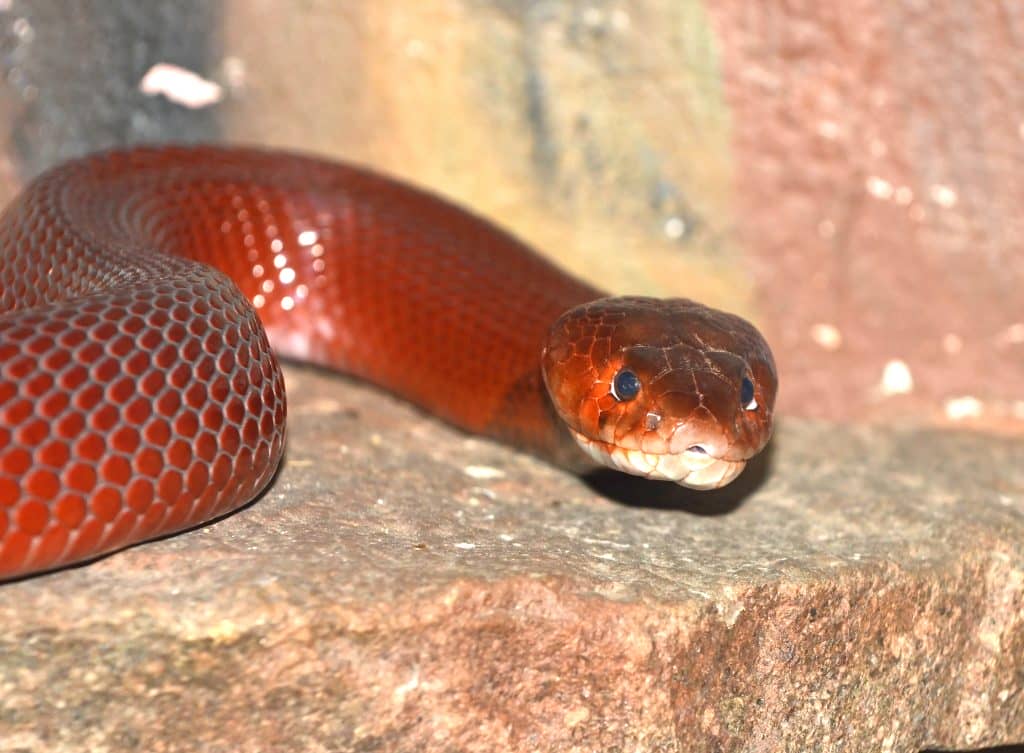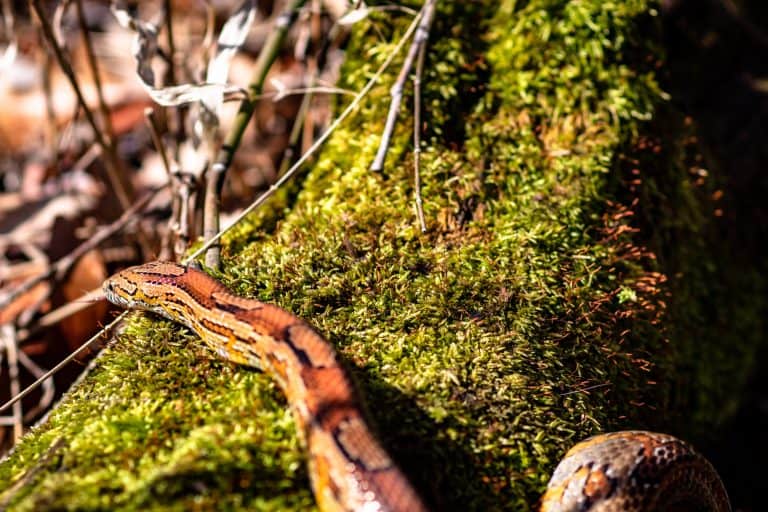Rattlesnakes — just hearing that name might send a shiver down your spine. But did you know there are dozens of species of these fascinating reptiles? Let’s take a closer look at 18 amazing rattlesnake species and what makes each one unique.
What Makes Rattlesnakes Unique?
The Iconic Rattle
That rattle at the end of their tail? It’s not just for show. It’s a natural warning system that keeps predators — and curious humans — at bay. Each time a rattlesnake sheds its skin, a new segment is added to the rattle.
Venomous Bite
Rattlesnakes have hollow fangs that deliver potent venom. But here’s a fun fact — they’d rather not bite you. Most bites happen when they’re startled or threatened.
Where Are Rattlesnakes Found?
You’ll find rattlesnakes across North and South America, from Canadian forests to the deserts of Argentina. They’re most common in the American Southwest.
How Many Rattlesnake Species Exist?
There are over 30 recognized species and many subspecies. Let’s shine a spotlight on 18 of the most remarkable ones.
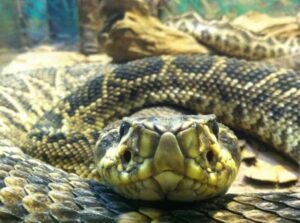
18 Amazing Rattlesnake Species
1. Eastern Diamondback Rattlesnake
Habitat: Coastal plains and forests of the Southeastern U.S.
Behavior: The largest rattlesnake in the world, known for its striking diamond pattern.
2. Western Diamondback Rattlesnake
Habitat: Deserts and grasslands of the Southwestern U.S.
Behavior: Aggressive when threatened, it’s responsible for most snakebites in the U.S.
3. Timber Rattlesnake
Habitat: Deciduous forests in the Eastern U.S.
Behavior: Surprisingly docile, they prefer to stay hidden under logs and leaf litter.
4. Sidewinder Rattlesnake
The sidewinder slithers in a unique sideways motion, perfect for sandy deserts. Found mainly in the Mojave and Sonoran Deserts, it’s small but packs a punch.
5. Mojave Rattlesnake
Famous for having one of the most potent venoms of any rattlesnake, the Mojave rattlesnake roams the deserts of the Southwest.
6. Prairie Rattlesnake
Common in the Great Plains, this adaptable species lives in prairies, grasslands, and badlands.
7. Speckled Rattlesnake
Named for its beautiful speckled scales that help it blend into rocky terrain.
8. Red Diamond Rattlesnake
A California native with rusty-red scales, it’s found in coastal and desert scrub habitats.
9. Tiger Rattlesnake
Small but mighty, the tiger rattlesnake has a tiny head compared to its body and bold banding.
10. Pygmy Rattlesnake
Don’t let its size fool you — the pygmy rattlesnake’s tiny rattle sounds like a faint buzz. It’s widespread in the Southeast.
11. Santa Catalina Rattlesnake
A true oddball — this species has no rattle! Found only on Santa Catalina Island, Mexico.
12. Ridge-nosed Rattlesnake
This little rattler was discovered only in the 20th century and is Arizona’s state reptile.
13. Rock Rattlesnake
A master of camouflage, it loves rocky outcrops and high elevations.
14. Black-tailed Rattlesnake
Recognizable by its dark tail, it inhabits deserts, forests, and grasslands.
15. Twin-Spotted Rattlesnake
Another high-elevation dweller, this species sports two rows of spots down its back.
16. Mottled Rock Rattlesnake
Closely related to the rock rattlesnake but with unique mottled coloring.
17. Dusky Pygmy Rattlesnake
A subspecies of the pygmy rattler, known for its dusky gray tones.
18. Banded Rock Rattlesnake
This beauty is found in the southwestern U.S. and northern Mexico, featuring stunning banded patterns.
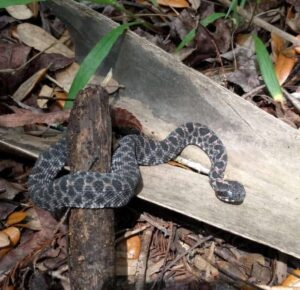
Rattlesnake Behavior and Diet
Rattlesnakes are ambush predators. They’ll sit motionless for hours, waiting for an unsuspecting mouse, bird, or lizard. With a quick strike, the meal is served.
How Dangerous Are Rattlesnakes to Humans?
Most rattlesnake bites are not fatal if treated quickly. They usually bite only in self-defense — so give them space, and they’ll leave you alone.
Conservation Status
Many rattlesnakes face threats like habitat loss and illegal killings. Some, like the Santa Catalina rattlesnake, are critically endangered.
Interesting Facts About Rattlesnakes
-
Rattlesnakes can live up to 25 years in the wild.
-
Their forked tongue helps them “taste” the air.
-
Some species can go months without eating.
-
They can control how much venom they inject.
-
A rattlesnake’s strike can reach up to two-thirds of its body length!
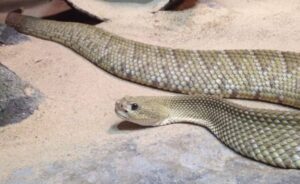
How to Stay Safe Around Rattlesnakes
Stay alert on trails, wear boots, and never reach blindly into brush or rock crevices. If you hear a rattle — freeze, locate the snake, and back away slowly.
Conclusion
Rattlesnakes are more than just scary reptiles — they’re a vital part of our ecosystems and incredible survivors of harsh landscapes. Next time you hear that iconic rattle, you’ll know a little more about the amazing creatures behind it.
FAQs
Q1: What should I do if I see a rattlesnake?
Stay calm, don’t provoke it, and back away slowly.
Q2: Can rattlesnakes swim?
Yes! Many species are surprisingly good swimmers.
Q3: What time of year are rattlesnakes most active?
Spring and early fall are peak seasons for rattlesnake activity.
Q4: Are baby rattlesnakes more dangerous than adults?
They can be! Babies can’t control their venom as well, making their bites potent.
Q5: Can rattlesnakes climb trees?
Some species can — especially when hunting birds or escaping heat.
